-
 Bitcoin
Bitcoin $85,755.8002
1.64% -
 Ethereum
Ethereum $1,645.6905
1.27% -
 Tether USDt
Tether USDt $0.9998
0.02% -
 XRP
XRP $2.1577
1.11% -
 BNB
BNB $589.4257
0.30% -
 Solana
Solana $132.0805
-0.60% -
 USDC
USDC $1.0000
0.01% -
 TRON
TRON $0.2534
-1.14% -
 Dogecoin
Dogecoin $0.1610
-2.84% -
 Cardano
Cardano $0.6440
-0.39% -
 UNUS SED LEO
UNUS SED LEO $9.4349
0.54% -
 Chainlink
Chainlink $12.7648
0.18% -
 Avalanche
Avalanche $20.0359
0.31% -
 Stellar
Stellar $0.2412
-0.10% -
 Toncoin
Toncoin $2.9297
3.26% -
 Sui
Sui $2.2079
-2.65% -
 Hedera
Hedera $0.1679
-0.55% -
 Shiba Inu
Shiba Inu $0.0...01200
-2.02% -
 Bitcoin Cash
Bitcoin Cash $333.3530
-3.38% -
 Litecoin
Litecoin $78.5280
0.39% -
 Polkadot
Polkadot $3.6858
-0.63% -
 Hyperliquid
Hyperliquid $16.2142
3.18% -
 Dai
Dai $0.9998
-0.01% -
 Bitget Token
Bitget Token $4.3249
0.75% -
 Pi
Pi $0.7441
-1.29% -
 Ethena USDe
Ethena USDe $0.9990
0.02% -
 Monero
Monero $212.5820
2.77% -
 Uniswap
Uniswap $5.4137
-0.50% -
 Pepe
Pepe $0.0...07502
0.93% -
 OKB
OKB $52.3495
-1.44%
How to understand the risks and benefits of restaking?
Restaking allows earning more from staked assets on multiple PoS networks, but it increases complexity, security, and liquidity risks.
Apr 13, 2025 at 11:49 am
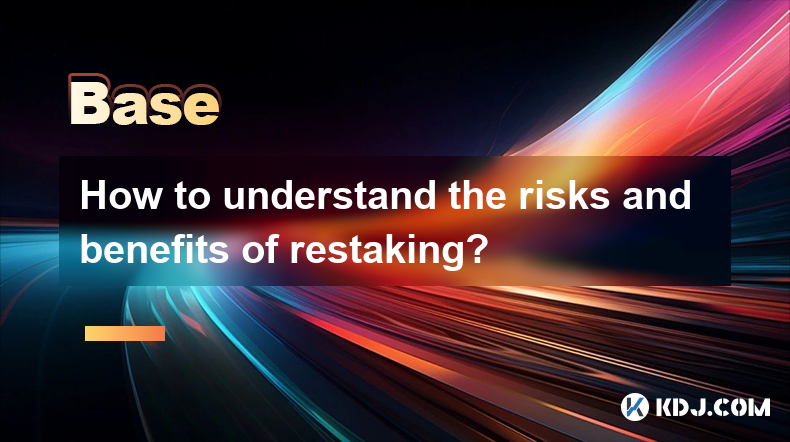
Introduction to Restaking
Restaking is a relatively new concept in the world of cryptocurrencies, particularly within the realm of blockchain networks that use Proof of Stake (PoS) consensus mechanisms. Essentially, restaking involves taking assets that have already been staked in one network and staking them again in another network to earn additional rewards. This practice can offer users the potential for increased earnings but also comes with its own set of risks. Understanding these risks and benefits is crucial for anyone considering restaking.
Benefits of Restaking
Increased Earnings Potential: One of the primary benefits of restaking is the opportunity to earn additional rewards. By staking your assets in multiple networks, you can potentially increase your overall returns. For instance, if you have staked Ethereum on a PoS network, you might restake those same tokens in a decentralized finance (DeFi) platform to earn additional yield.
Diversification: Restaking allows users to diversify their staking portfolio. Instead of relying on the rewards from a single network, you can spread your assets across multiple networks. This can help mitigate the risk of relying too heavily on one particular platform or cryptocurrency.
Supporting Multiple Networks: By restaking, you contribute to the security and operational efficiency of multiple blockchain networks. This can be particularly beneficial for newer or smaller networks that are trying to establish themselves and need more staked assets to function effectively.
Risks of Restaking
Increased Complexity: Restaking can significantly increase the complexity of managing your cryptocurrency assets. You need to keep track of multiple networks, understand their different rules and reward structures, and manage the risks associated with each. This can be challenging, especially for those new to the crypto space.
Security Risks: When you restake your assets, you are essentially exposing them to multiple networks, each with its own security protocols. If one of these networks is compromised, your assets could be at risk. It's essential to thoroughly research the security measures of any network you consider restaking in.
Liquidity Risks: Restaking often involves locking up your assets for a certain period in multiple places. This can reduce your liquidity, making it harder to access your funds if you need them quickly. It's important to consider your liquidity needs before deciding to restake.
Reward Fluctuations: The rewards from restaking can be highly variable. Different networks may offer different reward rates, and these rates can change over time. This variability can make it difficult to predict your earnings and plan your financial strategy.
How to Start Restaking
If you're interested in restaking, here are some steps you can follow to get started:
Research Networks: Start by researching the different networks that allow restaking. Look at their reward structures, security measures, and the reputation of the network within the crypto community.
Choose Your Assets: Decide which assets you want to restake. Typically, these will be assets you have already staked in one network, such as Ethereum or other PoS tokens.
Understand the Rules: Each network will have its own set of rules and requirements for restaking. Make sure you understand these thoroughly before proceeding.
Set Up Wallets: You'll need to set up wallets compatible with each network you plan to restake in. Ensure these wallets are secure and that you have control over your private keys.
Stake Your Assets: Begin by staking your assets in the initial network. Once this is done, you can move on to restaking them in the secondary network.
Monitor and Manage: Keep a close eye on your restaked assets. Monitor the rewards you're earning, and be prepared to adjust your strategy if necessary.
Tools and Platforms for Restaking
Several tools and platforms can help you manage the process of restaking. Here are a few popular options:
Lido: Lido is a liquid staking solution that allows users to stake their Ethereum and receive stETH tokens in return. These tokens can then be restaked in other DeFi platforms to earn additional yield.
Ankr: Ankr offers a range of staking and restaking services, allowing users to stake their assets across multiple networks easily. Their platform provides a user-friendly interface and tools to help manage your staking portfolio.
StakeWise: StakeWise is another platform that supports restaking. It allows users to stake their Ethereum and then use the resulting tokens to earn additional rewards in other networks.
Case Studies of Restaking
To better understand the practical implications of restaking, let's look at a couple of case studies:
Ethereum and Lido: A user stakes their Ethereum on the Ethereum 2.0 network and receives stETH tokens from Lido. They then restake these stETH tokens in a DeFi platform like Aave to earn additional interest. This strategy allows them to earn rewards from both the Ethereum network and the DeFi platform.
Polkadot and Ankr: Another user stakes their DOT tokens on the Polkadot network and uses Ankr to restake them in another network, such as Kusama. By doing so, they can earn rewards from both Polkadot and Kusama, potentially increasing their overall returns.
Frequently Asked Questions
Q: Can I restake any cryptocurrency?
A: Not all cryptocurrencies support restaking. Typically, restaking is available for assets that are used in PoS networks, such as Ethereum, Polkadot, and other similar tokens. Always check the specific network and platform to see if they support restaking.
Q: How do I know if a network is secure enough for restaking?
A: Researching the network's security measures is crucial. Look for audits, the reputation of the team behind the network, and any past security incidents. Platforms like Lido and Ankr often provide detailed information about their security protocols.
Q: What happens if I need to withdraw my restaked assets?
A: Withdrawing restaked assets can be more complex than withdrawing staked assets from a single network. You may need to unstake from multiple networks, which can take time and may involve withdrawal fees. Always consider your liquidity needs before restaking.
Q: Are there any tax implications of restaking?
A: Tax implications can vary depending on your jurisdiction. In some places, the rewards earned from restaking may be considered taxable income. It's advisable to consult with a tax professional to understand the specific implications in your area.
Disclaimer:info@kdj.com
The information provided is not trading advice. kdj.com does not assume any responsibility for any investments made based on the information provided in this article. Cryptocurrencies are highly volatile and it is highly recommended that you invest with caution after thorough research!
If you believe that the content used on this website infringes your copyright, please contact us immediately (info@kdj.com) and we will delete it promptly.
- BlockDAG's Keynote 3 Reveals Mainnet Launch Plans! SHIB & TON Whale Activity Surges
- 2025-04-15 14:00:12
- The April Shake-Up: Exploring Opportunities in the Altcoin Market
- 2025-04-15 14:00:12
- “The stock market is a device for transferring money from the impatient to the patient.”
- 2025-04-15 13:55:13
- 4 Coins to Watch in the Race to $1 by 2025
- 2025-04-15 13:55:13
- #Binance **⚠️ P2P Scam Warning**
- 2025-04-15 13:50:12
- Why This Utility Token Going Viral More Than Meme; Dogecoin, Shiba Inu & Pepe Coin?
- 2025-04-15 13:50:12
Related knowledge
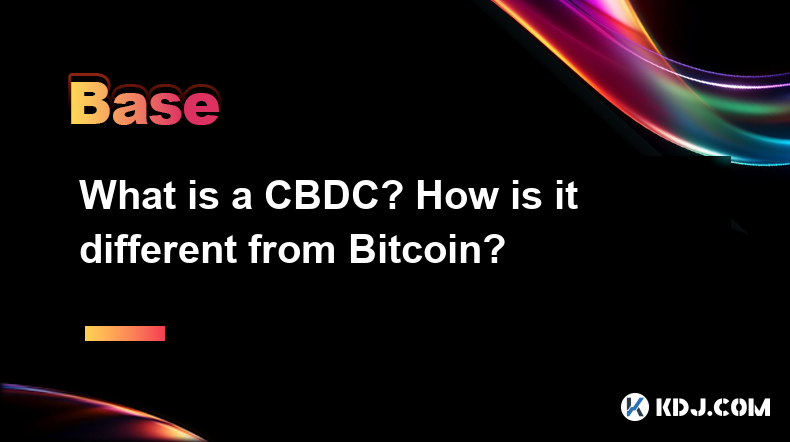
What is a CBDC? How is it different from Bitcoin?
Apr 15,2025 at 01:49pm
A Central Bank Digital Currency (CBDC) represents a digital form of a country's fiat currency, issued and regulated by its central bank. Unlike traditional physical currencies, CBDCs exist purely in digital form, offering a new way for governments to manage their monetary systems. CBDCs are designed to provide the benefits of digital currencies while ma...
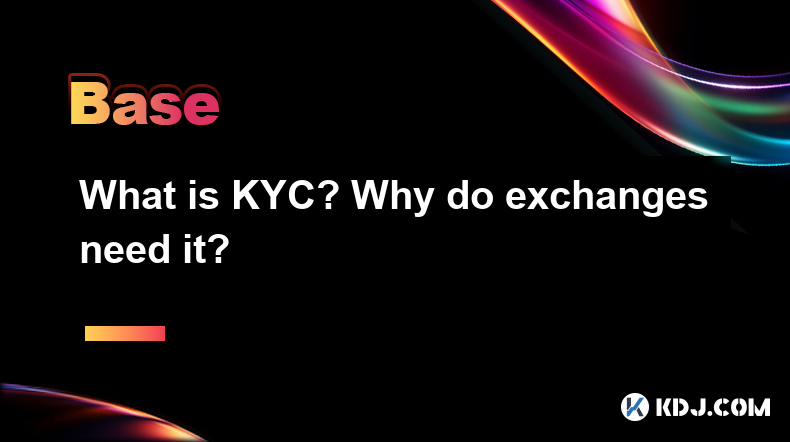
What is KYC? Why do exchanges need it?
Apr 15,2025 at 02:01pm
KYC, or Know Your Customer, is a process used by businesses, including cryptocurrency exchanges, to verify the identity of their clients. The primary goal of KYC is to prevent illegal activities such as money laundering, fraud, and terrorist financing. By implementing KYC procedures, exchanges can ensure compliance with regulatory requirements and maint...

How to buy Dogecoin in China?
Apr 14,2025 at 04:35pm
How to buy Dogecoin in China (DOGE) Dogecoin is a decentralized digital currency known for its iconic dog pattern. Here are the detailed steps on how to buy Dogecoin in China. step 1. Register a digital currency exchange account First, you need to register an account on a digital currency trading platform regulated by China. It is recommended to choose ...
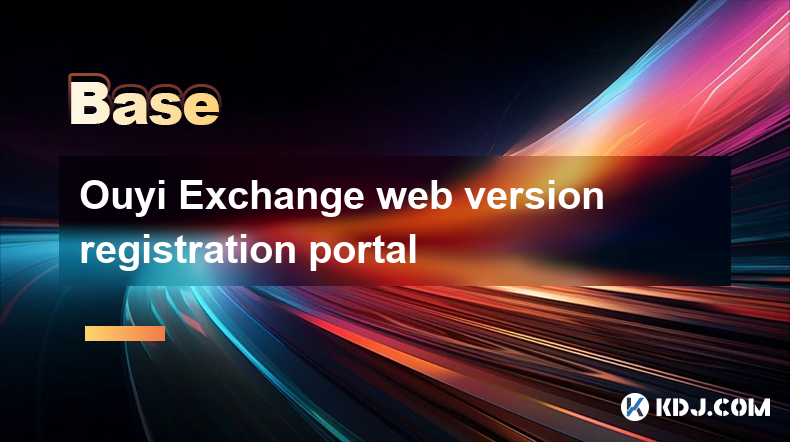
Ouyi Exchange web version registration portal
Apr 15,2025 at 01:28pm
Ouyi Exchange web version registration guide: Get started quickly How to create an account on the Ouyi Exchange web version? The process of creating an Ouyi Exchange web version account is very simple, just follow the following steps: Browse to the official website of Ouyi Exchange. Click the "Register" option in the upper right corner of the ...

What is Delayed Encryption technology?
Apr 11,2025 at 10:42pm
What is Delayed Encryption Technology? In the world of cryptocurrencies, security is paramount. One of the innovative solutions to enhance the security of digital transactions is Delayed Encryption Technology. This technology introduces a layer of security by encrypting data with a time delay, ensuring that the information remains secure until a specifi...
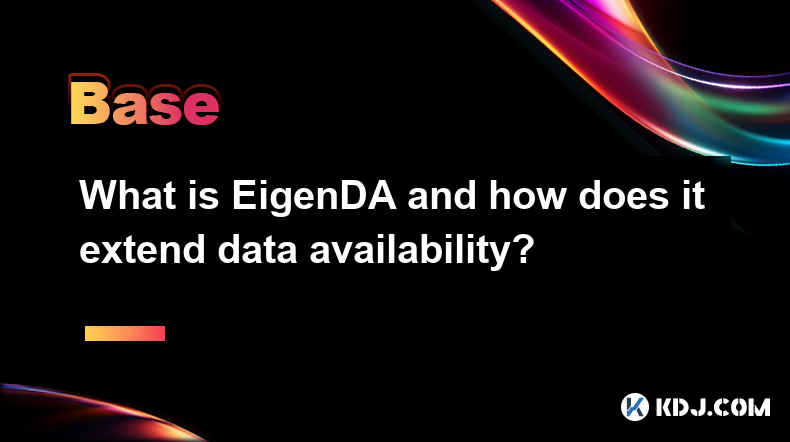
What is EigenDA and how does it extend data availability?
Apr 11,2025 at 05:28pm
EigenDA is a groundbreaking solution within the cryptocurrency ecosystem designed to enhance data availability across blockchain networks. Developed by EigenLayer, EigenDA aims to address the critical issue of data availability, ensuring that all participants in a blockchain network can access the necessary data to verify transactions and maintain the i...

What is a CBDC? How is it different from Bitcoin?
Apr 15,2025 at 01:49pm
A Central Bank Digital Currency (CBDC) represents a digital form of a country's fiat currency, issued and regulated by its central bank. Unlike traditional physical currencies, CBDCs exist purely in digital form, offering a new way for governments to manage their monetary systems. CBDCs are designed to provide the benefits of digital currencies while ma...

What is KYC? Why do exchanges need it?
Apr 15,2025 at 02:01pm
KYC, or Know Your Customer, is a process used by businesses, including cryptocurrency exchanges, to verify the identity of their clients. The primary goal of KYC is to prevent illegal activities such as money laundering, fraud, and terrorist financing. By implementing KYC procedures, exchanges can ensure compliance with regulatory requirements and maint...

How to buy Dogecoin in China?
Apr 14,2025 at 04:35pm
How to buy Dogecoin in China (DOGE) Dogecoin is a decentralized digital currency known for its iconic dog pattern. Here are the detailed steps on how to buy Dogecoin in China. step 1. Register a digital currency exchange account First, you need to register an account on a digital currency trading platform regulated by China. It is recommended to choose ...

Ouyi Exchange web version registration portal
Apr 15,2025 at 01:28pm
Ouyi Exchange web version registration guide: Get started quickly How to create an account on the Ouyi Exchange web version? The process of creating an Ouyi Exchange web version account is very simple, just follow the following steps: Browse to the official website of Ouyi Exchange. Click the "Register" option in the upper right corner of the ...

What is Delayed Encryption technology?
Apr 11,2025 at 10:42pm
What is Delayed Encryption Technology? In the world of cryptocurrencies, security is paramount. One of the innovative solutions to enhance the security of digital transactions is Delayed Encryption Technology. This technology introduces a layer of security by encrypting data with a time delay, ensuring that the information remains secure until a specifi...

What is EigenDA and how does it extend data availability?
Apr 11,2025 at 05:28pm
EigenDA is a groundbreaking solution within the cryptocurrency ecosystem designed to enhance data availability across blockchain networks. Developed by EigenLayer, EigenDA aims to address the critical issue of data availability, ensuring that all participants in a blockchain network can access the necessary data to verify transactions and maintain the i...
See all articles























































































